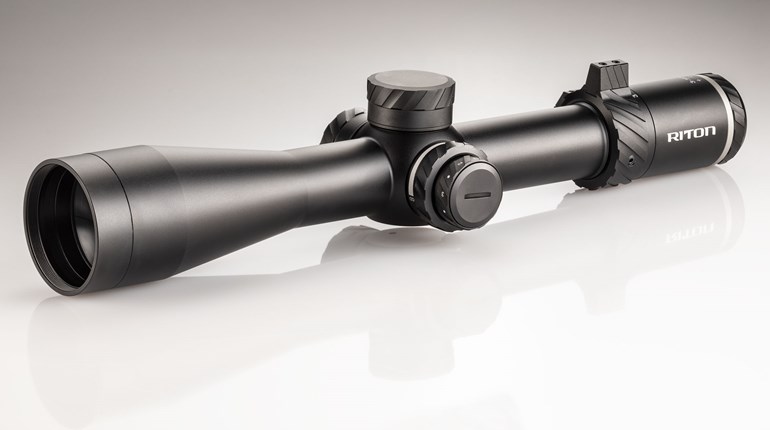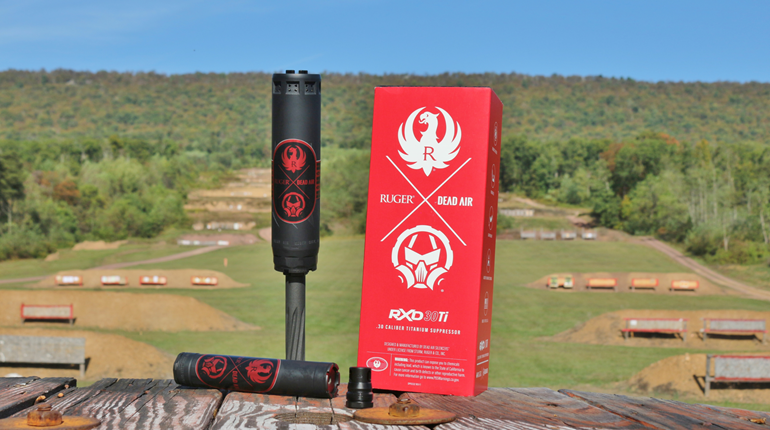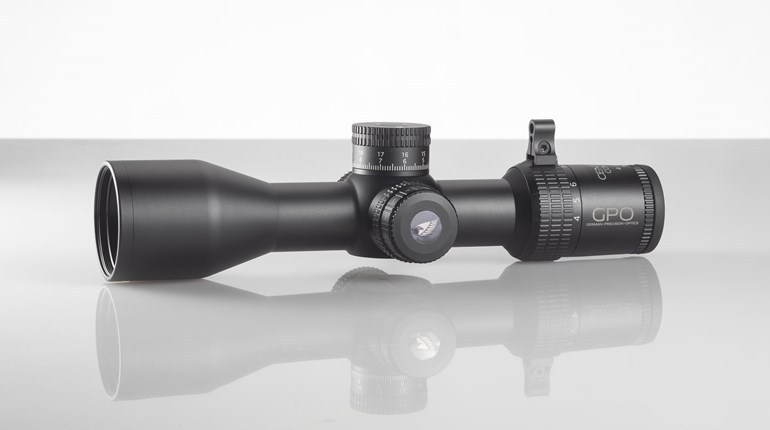
Ever since Chris Kyle became a household name, the sport of long-range shooting has seen a boom like never before in its history. A plethora of affordable equipment now supports the practice of hitting targets past 500 yards, making it a relatively simple goal for shooters of nearly any skill level. At Renaissance Firearms Instruction we routinely get shooters scoring hits at 1,000 yards with just a few hours of training. During that training we introduce some pretty heavy terms that need to be explained, but as long as you understand how a rock falls you can understand the science behind hitting a target that is further than most of us would like to walk!
1. Trajectory:
That same gravity that makes certain body parts sag with age is also wreaking havoc on your long-range impacts. Once something is released into the air it immediately starts hurtling to the ground, even if it’s moving horizontally. Slide a book off the table, you will see. So in order for a bullet to reach a target at any distance it must be lobbed. This is done through the unevenness of sights and scopes that is nearly undetectable by the naked eye. These parts actually cause you to tip your gun upwards and results in the bullet following a rainbow-like arced flight path. Because of this your point of impact (POI) will get lower as your target distance increases.
2. Gyroscopic Deflection:
Ok, ok Mr. Science; take off the lab coat and put on your shooting coat (yes, it’s a thing). This fancy phrase is often more commonly referred to as “spin drift.” As a bullet travels through the air it rotates. This is due to spiral cuts called rifling in your gun's barrel. The marks that the rifling makes catch the air and cause it to impact in the direction of the rotation. This phenomenon usually doesn’t come into play until you pass 500 yards. At 500 yards it’s less than 2 inches for most bullets, however as the bullet travels further and slows down it will become much more.
3. Coriolis Effect:
This one is the coolest concepts to think about, but in actuality it’s really pretty negligible. Ok, even flat Earthers can agree that the land we’re standing on is spinning. That means that while your bullet is in the air, the ground that your target is sitting on is moving away from it. This deflection will cause your bullet to land slightly left or right depending on which way you are facing. While Mark Wahlberg made the term famous in the movie Shooter, the reality is that even a slow moving bullet will see less than a 5 inches of drift at 1,000 yards.
4. Ballistic Coefficient:
Another great term to throw out at a cocktail party, especially if you overhear someone saying gun owners are unintelligent or uneducated. Although tough to spell, it’s another one that’s very easy to understand. Not everything sails through the air with the same amount of ease. While the wind might blow a piece of paper away, the rock that is right next to it will not move. That is because the rock has a better ballistic coefficient, or is more ballistically sound. When it comes to bullets some designs simply aren’t affected by the wind as badly and therefore do not drift as much. These bullets are described as having a higher, or better ballistic coefficient.
5. Density Altitude:
This one used to be reserved for just weathermen and pilots, but chamber a round up because we're gonna send one flying and make it rain! Imagine shooting a bullet through a swimming pool full of water; now imagine if that same swimming pool were full of molasses. The bullet going through the molasses will likely stop shorter and have quite a bit more of an arch to its path. Air works the exact same way. Air pressure, humidity and temperature all affect the flight path of a projectile, and density altitude is a calculation used to represent all of that in one simple number. Most long-range shooting apps will do the math for you.
I purposely picked some of the most intimidating-sounding terms to illustrate that even though there are some seriously intense concepts at work here, they really don’t have a lot of “guts” to them. Simple everyday examples make understanding physics not only easy but interesting. Another important point to remember is that there is next to no math to know to calculate for any of these. Getting these calculations are as simple as simultaneously checking the weather and your GPS location. I bet Steve Jobs never envisioned an app for that!







































